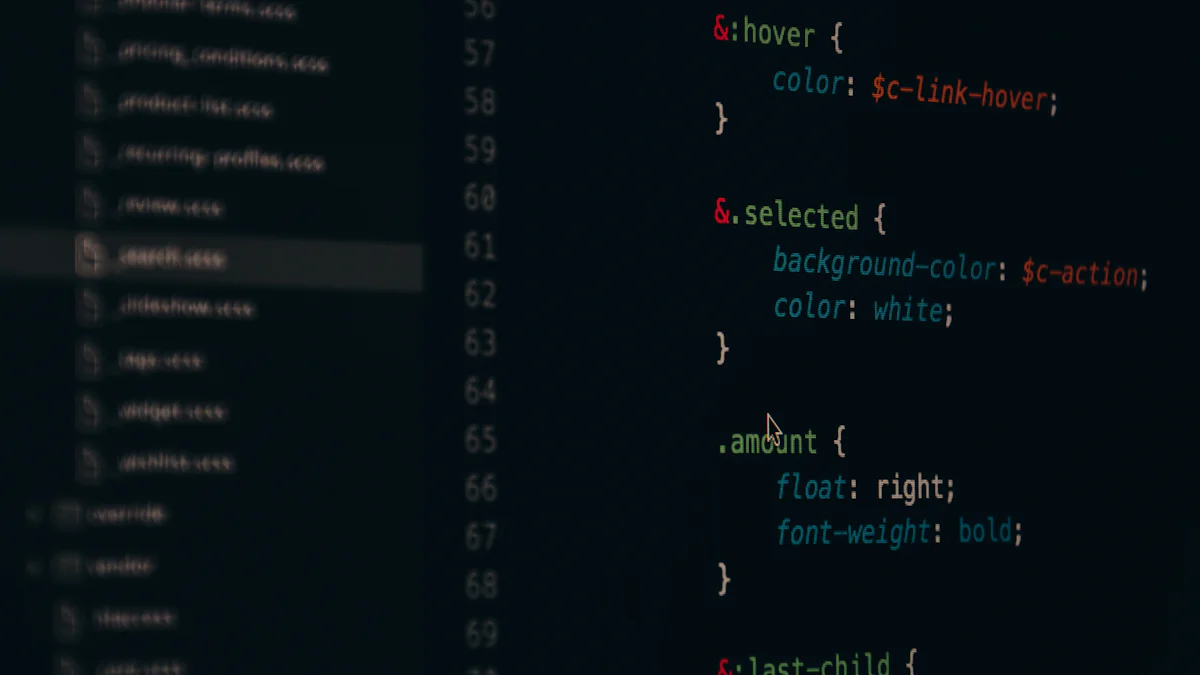
Video inference poses significant challenges in terms of processing power and efficiency. To address these challenges, a brief overview of dynamic quantization is essential. Dynamic quantization, a technique that involves converting neural networks (opens new window) to use reduced precision integer representation (opens new window) for weights and activations, plays a crucial role in optimizing video inference. By adopting dynamic quantization, efficiency in video recognition can be significantly improved, leading to faster processing speeds (opens new window) and reduced latency (opens new window).
# Dynamic Quantization Explained
When delving into the realm of dynamic quantization, one must grasp its fundamental principles. Dynamic quantization involves converting neural networks to utilize reduced precision integer representation (opens new window) for weights and activations. This process plays a pivotal role in enhancing the efficiency of video inference tasks.
# What is Dynamic Quantization?
To comprehend dynamic quantization, one must first understand its definition and basics. It revolves around quantizing the weights of neural networks to integers while dynamically quantizing activations during inference. This methodology ensures streamlined processing and improved performance.
# How it works
The functionality of dynamic quantization is intricate yet impactful. By calculating the quantization parameters for activations, this technique optimizes the network's efficiency during inference, leading to enhanced speed and accuracy.
# Dynamic Quantization vs. Static Quantization
Distinguishing between dynamic and static quantization is crucial in optimizing video inference processes.
# Key differences
The key disparity lies in how these methods handle quantization parameters. While static quantization sets fixed parameters beforehand, dynamic quantization calculates them during activation, allowing for more adaptive and efficient processing.
# Use cases
In real-world applications, dynamic quantization shines by offering flexibility and performance improvements in various scenarios. From image recognition to natural language processing, this technique proves invaluable in boosting efficiency across diverse domains.
# Benefits of Dynamic Quantization (opens new window)
# Improved Efficiency
Enhancing the efficiency of video inference through dynamic quantization brings about a multitude of benefits. By utilizing reduced precision integer representation for weights and activations, dynamic quantization significantly boosts the overall performance of neural networks.
# Faster processing
The implementation of dynamic quantization results in accelerated processing speeds during video inference tasks. This translates to quicker response times and seamless real-time video analysis, ultimately improving user experience and operational efficiency.
# Reduced latency
With dynamic quantization, latency issues are effectively minimized, ensuring smoother video playback and reduced delays in processing. By optimizing the quantization parameters dynamically, the network can swiftly adapt to varying computational demands, leading to a more responsive and efficient video inference system.
# Enhanced Accuracy
In addition to improved efficiency, dynamic quantization plays a pivotal role in enhancing the accuracy and reliability of video recognition models. By maintaining model performance at optimal levels, dynamic quantization ensures consistent and precise results across diverse video datasets.
# Maintaining model performance
Dynamic quantization facilitates the preservation of model accuracy by dynamically adjusting quantization parameters (opens new window) based on observed data ranges. This adaptive approach ensures that the neural network maintains high precision levels even when dealing with complex video inputs or challenging inference scenarios.
# Real-world applications
The practical applications of dynamic quantization extend across various domains, from surveillance systems to autonomous vehicles. By enhancing accuracy while maintaining efficiency, dynamic quantization empowers industries to leverage advanced video analytics for improved decision-making processes and enhanced operational capabilities.
# Implementing Dynamic Quantization (opens new window)
# Steps to Implement
- Define Pre-training Requirements:
Identify the neural network model that will undergo dynamic quantization.
Ensure that the selected model is compatible with dynamic quantization techniques.
Verify the availability of training data and establish a robust data preprocessing (opens new window) pipeline.
- Execute Post-training Adjustments:
Quantize the weights of the pre-trained neural network using dynamic quantization methods.
Fine-tune the quantized model to optimize performance and accuracy.
Validate the post-training adjustments through rigorous testing and evaluation processes.
# Tools and Frameworks
- Explore Popular Tools:
Utilize Quantization API Documentation (opens new window) for comprehensive insights into implementing dynamic quantization effectively.
Leverage Dynamic Quantization frameworks to streamline the quantization process and enhance efficiency.
- Adopt Best Practices:
Follow guidelines provided by experts in dynamic quantization to ensure successful implementation.
Regularly update tools and frameworks to incorporate the latest advancements in dynamic quantization technology.
By adhering to these structured steps and leveraging cutting-edge tools, organizations can seamlessly integrate dynamic quantization into their video inference pipelines, unlocking unparalleled efficiency gains and performance enhancements.
Embracing dynamic quantization unlocks a realm of benefits for video inference optimization. The enhanced efficiency and accuracy achieved through this technique pave the way for seamless real-time processing (opens new window) and precise model performance. Organizations are encouraged to adopt dynamic quantization to revolutionize their video analytics capabilities. Looking ahead, the future of video inference optimization appears promising, with dynamic quantization poised to lead the path towards unparalleled efficiency gains and advanced neural network performance.



